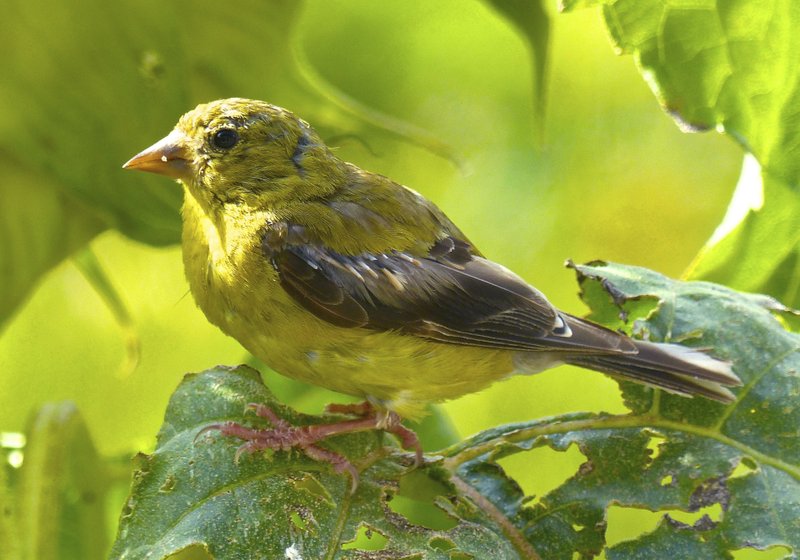Food, water and shelter are the basic requirements for attracting birds to your yard. But you can boost the number and variety of species that visit by taking an additional landscaping step: learning the birds' preferences.
"Birdscaping" plants should be chosen to provide food and shelter year round, said Leonard Perry, horticulture professor emeritus with the University of Vermont.
"Native plants should be a major component, as they provide a huge food source for birds, especially insects which have co-evolved with them," Perry said. "Ninety-six percent of terrestrial bird species depend on insects -- and lots of them."
Many landscapes now contain relatively few native plants, perhaps no more than 25 percent, he said.
"A goal of gardeners should be to increase this percent, to perhaps as high as 75 percent native plants to 25 percent introduced plants," Perry said. "Even a modest increase in the number of native plant species in a landscape can increase greatly the number of bird species and overall numbers of birds."
A variety of landscape plants is important when creating wildlife habitat.
"Diversity breeds diversity, and it is a bigger relationship than just between bird and plant," said Rhiannon Crain, project leader of The Habitat Network for the Cornell Lab of Ornithology. "It is a 'love triangle' of sorts between plants, insects and birds."
Many migrating songbirds primarily eat insects, she said. That's why they migrate; insect populations disappear during the cold months, so birds must move south to places where insects are always available.
"That means the more of those kinds of plants you have around, the more likely you are to have a diversity of insects that specialize on them," Crain said. "And more insects mean more kinds of food for more kinds of birds."
Plants supplying cover include dense varieties with many twigs providing nesting sites, plants of various heights, and groups of conifers for roosting and protection from chill winter winds.
"Anything evergreen provides good shelter, but if it has a berry on it, all the better," said Julie Janoski, plant clinic manager at The Morton Arboretum in Lisle, Illinois, about 25 miles west of Chicago.
"For example, juniper berries are a favorite of cedar waxwings," she said. "Many plants, such as juniper, crabapple and serviceberry, will attract a wide variety of birds."
And don't forget the accessories. Birds also need water and protected places to live, especially in urban areas where such surroundings may be lacking.
Water fixtures, feeders, deadfalls and snags, small brush piles and tree groves will keep birds in the vicinity.
"Adding water, especially moving water, to a landscape is the fastest way to increase the diversity of birds you see out in the open in your yard," Crain said. "Species that won't come to a feeder will come to water."
Birds look for safe stopping spots as they migrate through, she said.
"An individual yard prepared with thoughtfulness and care can make the difference to an exhausted bird who needs a safe place to rest," Crain said.
HomeStyle on 12/29/2018
